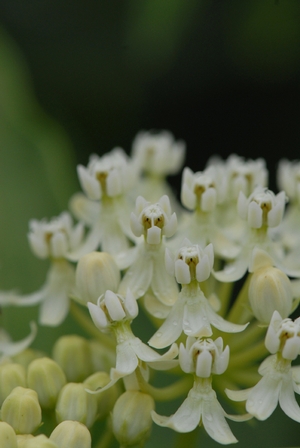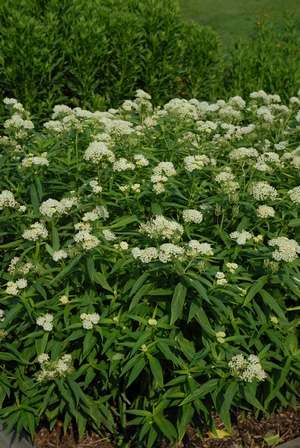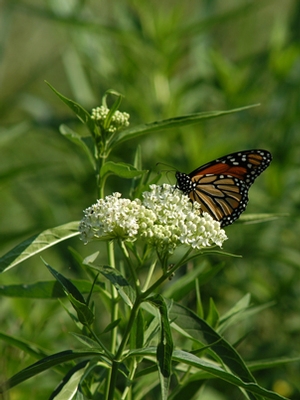Asclepias incarnata 'Ice Ballet'
Common: swamp milkweedAsclepias incarnata 'Ice Ballet' - 72 per flat
- Height: 3'-4'
- Spread: 12"-18"
- Spacing: 12"-18"
- Hardiness Zone(s): 3-9


Asclepias incarnata 'Ice Ballet' - 72 per flat


Swamp milkweed, true to its name, prefers consistently moist soil, but performs admirably in average, well-drained gardens as well. Full sun is best and some shade is tolerated, though blooming time and color may suffer.
Gather bouquets of Asclepias all summer long; the long stems are wonderful for cutting and are long-lasting. Sear the ends of the cut stems over a flame to stop the milky sap from leaking out.
Asclepias 'Ice Ballet' was introduced by Jelitto in 1992.
Asclepias incarnata can be recognized by its clusters of upturned deep pink flowers that bloom in mid-summer. These sit atop an elegant upright, branching stem with smooth willow-like foliage. Its height varies widely depending on soil moisture, soil nutrients and light conditions.
This wetland perennial is broadly distributed across the United States and Canada. Look for it occuring naturally in marshes, swamps, wet meadows and riparian areas.
We've observed that swamp milkweed stays true to its name as an excellent performer in the consistently moist soils of the bioswales and rain garden located in the lowest spots on our property. In our stormwater systems it happily accomodates temporary inundation after major rain events. Like many wetland perennials it will eventually spread rhizamtously to form a colony.
Like other Asclepias species, swamp milkweed is very popular with pollinating insects, attracting a diverse and ample array of butterfly, skipper, fly, wasp and bee species. Even hummingbirds are occasional visitors to its flowers! Its foliage is an important food source not only for the Monarch butterfly but also for the Swamp Milkweed Leaf Beetle and Large Milkweed Bug.